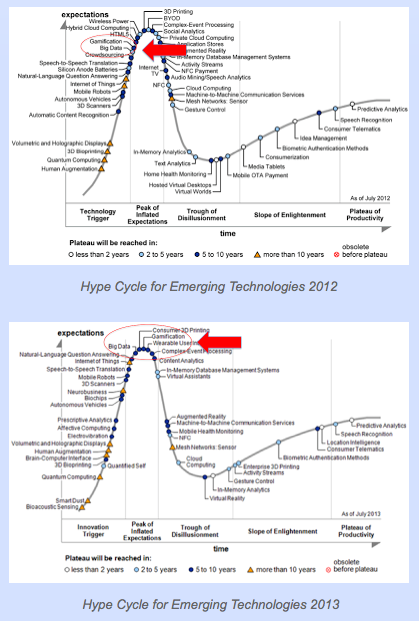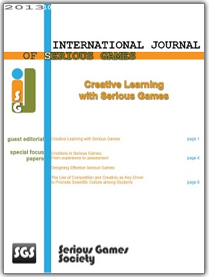It has been a while since the last post ...
Returning back to the main theme of the latest posts, gamification, here is a field with high potential to apply the concept of gamification: driving, from the driving lessons to the behaviors of licensed drivers.
Who will care about this? Obviously, those concerned with driving teaching, the driving schools, and also insurance companies. This is where concepts like UBI (Usage-based Insurance) or PAYD (Pay as You Drive) can cross paths with gamification.
As found in Wikipedia, "gamification of the data encourages good driver behavior by comparison with other drivers".
And there is already a platform to do this: Himex. And some insurance companies are using it.
This platform needs additional hardware in the vehicle to gather data about drivers' behaviors. Then, by applying gamification techniques, the platform can give the driver (the player) feedback about how she or he is driving by looking to the journeys made in a virtual map.
This platform needs additional hardware in the vehicle to gather data about drivers' behaviors. Then, by applying gamification techniques, the platform can give the driver (the player) feedback about how she or he is driving by looking to the journeys made in a virtual map.
The video below is a presentation of the Himex UBI Platform:
The aproach to gather the players data (using external devices) is one the four
approaches to monitor and collect the data in a gamified system (see this older post):
Using some external device: in this kind of gamified systems, a smartphone or another specific device or gadget is used to keep track of what the player is does in a given activity context. The device synchronizes with a website to upload the collected data and the player is rewarded with the usual points and badges, compare with other players or share achievements with friends. The best cited example of this kind of systems is Nike+. By using a smartphone, a specific watch, an iPod or other Nike devices, players can track sports activities like running. Similar examples, using their own devices, are Fitbit and Zamzee, the last one targeting a younger audience. Another interesting and funny example is HAPPIfork, an electronic fork that monitors eating habits.
Using some external device: in this kind of gamified systems, a smartphone or another specific device or gadget is used to keep track of what the player is does in a given activity context. The device synchronizes with a website to upload the collected data and the player is rewarded with the usual points and badges, compare with other players or share achievements with friends. The best cited example of this kind of systems is Nike+. By using a smartphone, a specific watch, an iPod or other Nike devices, players can track sports activities like running. Similar examples, using their own devices, are Fitbit and Zamzee, the last one targeting a younger audience. Another interesting and funny example is HAPPIfork, an electronic fork that monitors eating habits.





















